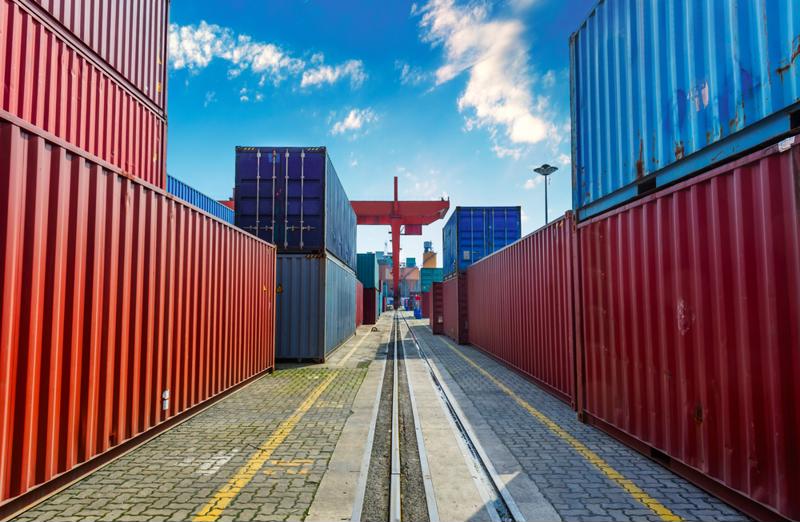On this latter front — insufficient container volume — freight forwarders appear to have discovered a solution.
Typically, shipping containers are either owned or offered by carriers. But lately, an increasing number of shippers are bringing their own instead. Indeed, according to container leasing firm Container xChange, shipper-owned container usage (SOC) has tripled since 2019 among logistics entities responsible for transporting freight. Some of these companies using SOCs include FedEx, BDP International and Yusen Logistics.
Container volume has been an ongoing conundrum for many ports and is one of several contributors to the logjams that are occurring there. As The Wall Street Journal reported in August, a combination of factors has led to the shortage, including the shutdown of the Yantian port in June and the weeklong Suez Canal blockage that happened in March. The closure of these ports — though temporary — has led to severe imbalances in where containers reside. Some parts of the world have too many, while for others — like the U.S. — there aren't enough.
Christian Roeloffs, founder and CEO of Container xChange, noted that this is a clear example of stakeholders bringing solutions to supply chain problems.
"The rise in awareness for SOCs shows that industry participants are responding to the supply-chain pressures by diversifying their sourcing strategy," Roeloffs explained.

SOCs can be a problem causer
All this being said, leveraging shipper-owned containers as opposed to those from carriers is not without its potential complications. In fact, every advantage is tempered with a possible disadvantage. For example, as Supply Chain Dive points out, accepting SOCs can help avoid surprise fees that may come from detention and demurrage. But at the same time, this can also lead to missed opportunities in instances where carriers may offer discounts on freight.
There are also pluses and minuses from a logistical perspective. While SOCs give shippers more control over what company they use as a carrier, more choice in the process can ultimately lead to increased downtime, trying to decide which provider is the best and can be trusted. In other words, it can lead to paralysis by analysis.
Regardless of what strategy or option freight forwarders choose for their container needs, some of the country's most volume-heavy ports required every last one of them and then some in January. Over the 31-day period at the Port of Los Angeles, for example, nearly 865,600 TEUs were processed, according to a press release. The 3.6% increase in traffic made this past January the port's busiest on record, which traces back to 1907.
The Port of Los Angeles also saw a surge in empty containers in January, rising more than 21% on a year-over-year basis at 332,202.



Post A Comment:
0 comments so far,add yours